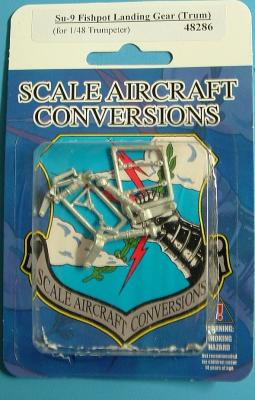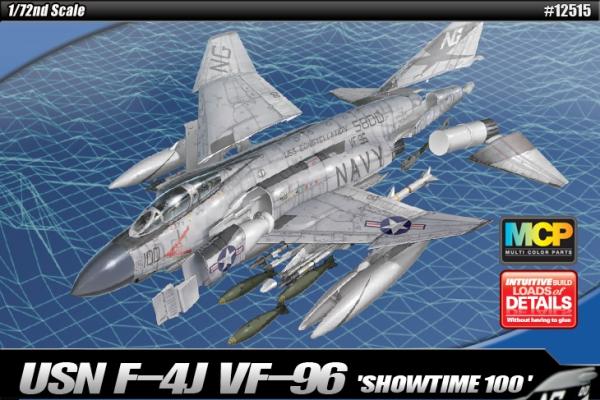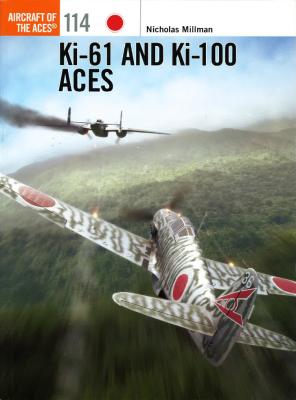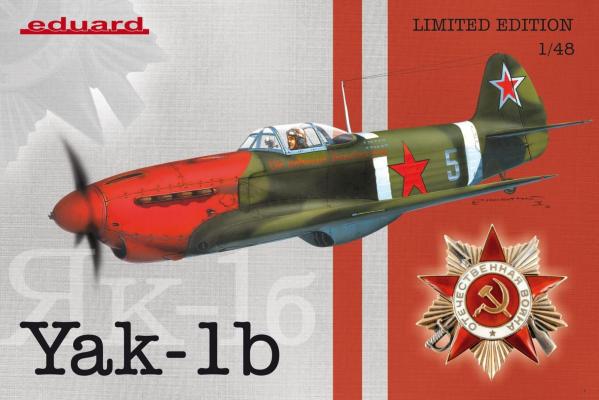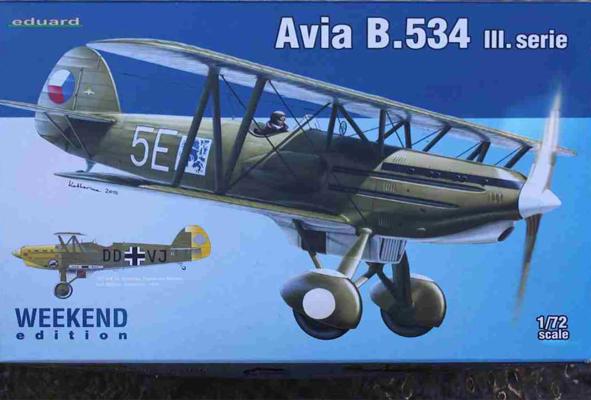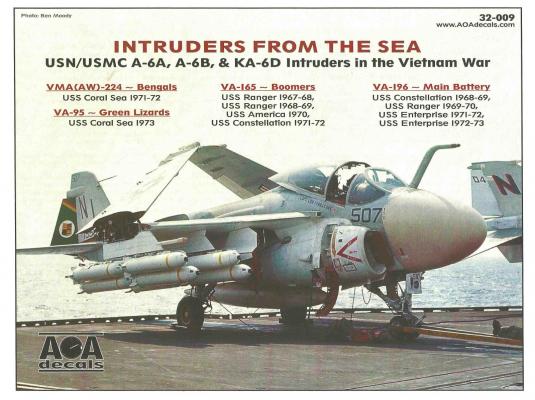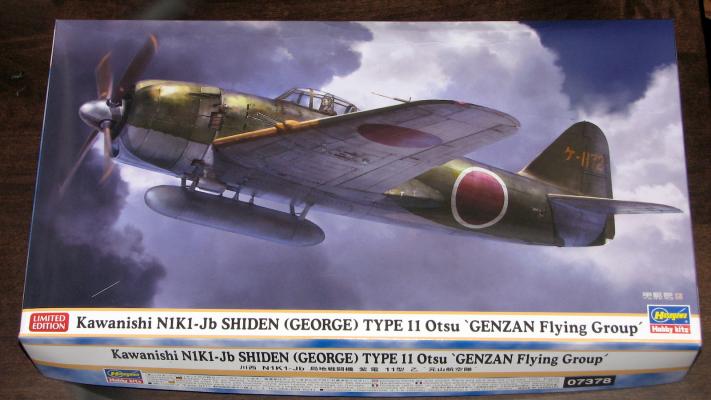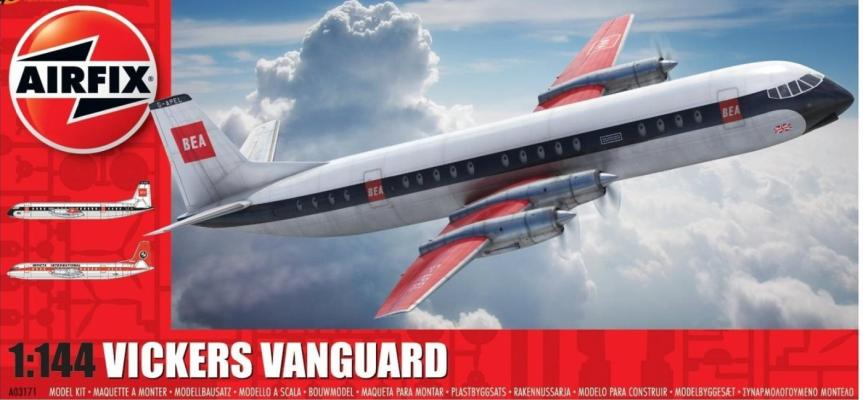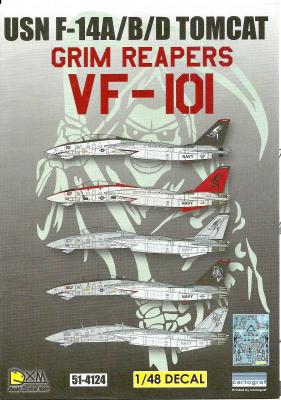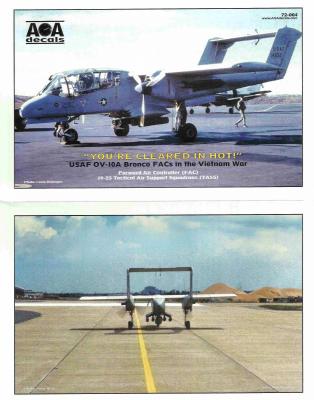SAC has filled the niche of replacement landing cast in white metal. In most cases these are copies of the original parts cast in white metal. Some are upgrades that fix noted errors. These products are convenient for many multiple reasons:
Background
Developed as a fleet interceptor for the United States Navy in the 1950’s the F-4 Phantom became one of the most successful and prolific combat aircraft designs of the jet age, remaining in US service into the 1990’s. Tasting its first combat during the Vietnam War, Navy and Air Force Phantoms produced leading aces for both service branches.
This is at least Nicholas Millman’s third title with Ronnie Olsthoorn illustrating for Osprey Publishing. Aircraft of the Aces 100 – Ki-44 ‘Tojo’ Aces of World War 2 was published in 2011 and Aircraft of the Aces 103 – Ki-27 ‘Nate Aces was published in 2013. Nicholas Millman is one of Britain’s leading researchers of Japanese military aviation. In addition to publishing articles in specialist journals, his own range of reference materials and supporting the research of other authors, he runs a website dedicated to the subject which attracts visitors from 194 countries.
History Brief
The Yakovlev Yak-1 was a single-seat monoplane with a composite structure and wooden wings. It was extremely maneuverable, fast and well armed plus it was reliable and easy to maintain. The Yak-1 was truly the epitome of a World War II Soviet fighter aircraft. The Yak-1b featured a new bubble canopy with lowered rear fuselage, increased armor, ShKAS machine guns replaced with a single 12.7 mm (0.5 in) Berezin UBS, electrical and pneumatic firing of the weapons instead of the mechanical system, new control stick based on the Messerschmitt Bf 109 design, new gunsight, airtight fuselage, retractable tailwheel, improved engine cooling, and a Klimov M-105PF engine with better low-altitude performance. The "b" was an unofficial designation. After October 1942, all Yak-1s were built to this standard. The first flight (aircraft No.3560) took place in June 1942, with aircraft entering production in August. A total of 4,188 were built.
History
The Avia B.534 was developed in 1934 as an extension of the B.34 fighter. This version was produced in small numbers for the Czechoslovak Air Force with several engine/airframe modifications. The aircraft was used in various roles by the Czech in WW2 and the Germans found them formidable enough that they kept production going into 1941. But rapid advancements in aircraft design meant that the Avia B.534 was obsolete by 1942. The Bulgarians used the Avia B.534 in combat against the B24 Liberators operations against Ploesti.
Kit
The kit is produced by Eduard, a well-known model company who bring us high quality model kits and accessories. The box artwork shows an Avia B.534 in flight in a quarter view.
About the Company
AOA is a new decal company and they are purpose driven. AOA’s goal was to fill the gap of a lack of decals for Marine aircraft on the aftermarket scene and boy what a way to make an entrance by continuing to go the distance on the 1/32 Trumpeter A-6 model. For those of you looking for Marine markings in all 3 scales they should be added to your list.
What’s on the Sheet?
This particular set is extremely large and I can tell you that you will have a lot of spares for future projects. Spread over four large sheet are 16 aircraft schemes covering 4 USN/USMC aircraft from the Vietnam War covering the years of 1967-1973.
The aircraft covered are as followed:
Hasegawa continues to add to their excellent WWII Japanese line with a re-boxing of the Mid-Wing “George”. This limited edition kit (#07378) of the Kawanishi N1K1-Jb Shiden Type 11 Otsu “GENZAN Flying Group” is only the second boxing of the George which allows the builder to do the later variant (Jb) of the aircraft with twin cannons housed in each wing. Earlier Ja versions had the second cannon housed in an underwing tub slung under each wing.
Airfix originally released this kit back in 1962 and I remember building this as a kid. The re-releases has a new box and Decal sheet but the model its self is un-changed from the kit 50 years ago. Some will find the kit un-refined by today’s standards but to many it’s a classic and should be considered as one.
In the box is:
- 4 sprues molded in light grey
- 1 clear sprue
- 4 Wing halves
- 1 decal sheet
- 1 instruction booklet
The sprues molded in the customary slightly soft grey plastic, the panel lines are raised and all the details are basic. There is some flash but not too much considering the age of the kit. There is no interior to the aircraft but that is the norm for this age of kit and at this scale does not distract from the kit. The clear windows are thick and have a lot of sink marks and I decided to use Crystal Clear on the build rather than use them.
About the Company
DXM, which stands for Double Excellent Models, was started by a group of modelers in Taipei, Taiwan. The group started manufacturing decals in 2010 covering a broad range of aircraft, including an extensive list of Japanese air command meets.
What’s on the Sheet?
This sheet covers fabled Grim Reapers squadron of VF-101,, previously of VF-52. This is a surprising feat as the Navy usually does not rename squadrons after disestablished units. The Grim Reapers operated primarily the F-14 Tomcat and has recently converted to the F-35C at Eglin AFB Florida. The aircraft covered are as followed:
About the Company
AOA is a new decal company that for the most part specializes in aircraft from the Vietnam War era. I have reviewed their items in the past and I have always been highly impressed with the quality and the subjects that they are covering.
What’s on the Sheet?
This particular set covers one of my favorite aircraft, the OV-10 Bronco. The twin-boom Bronco has had a long and proud career that has spanned over 50 years now and is still in limited service to this day. Reliability, ease of operation and maintenance has made this aircraft a fond machine among pilots and air crew charged with maintaining it.
This decal set covers about 16 aircraft from 4 different TASS squadrons and you will have enough decals and stencil data to build 2 complete aircraft.
The decals cover the aircraft from the 19-23rd Tactical Air Support Squadrons (TASS)

